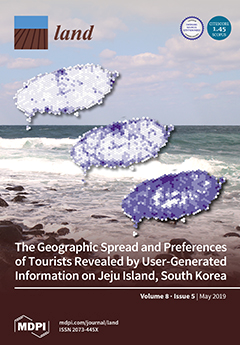Re-Placing the Desert in the Conservation Landscape: Charisma and Absence in the Gobi Desert
Across the Gobi Desert in China and Mongolia, millions of newly planted trees struggle to survive amid adverse ecological conditions. They were planted by a wide variety of actors in an attempt to protect, restore, or modify the local environment, despite evidence of their negative consequences upon local ecosystems. This paper investigates how these afforestation projects both challenge and affirm recent theoretical work on conservation, while also providing key insights into the decision-making framework of land management across the world’s third largest desert region.







